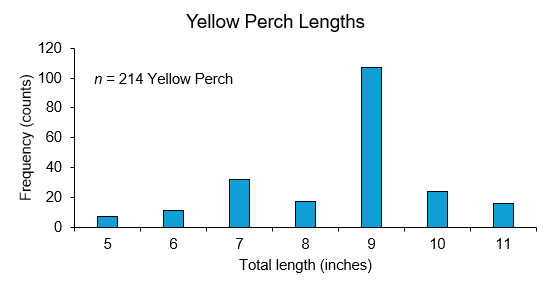Walleye were illegally introduced to Ririe Reservoir and were first discovered in 2008. In 2009, monitoring of the walleye population began to determine its status and changes to the existing fishery. Fall Walleye Index Netting (FWIN) began in 2010 and occurs during the end of October when the water temperature drops to 50-60 degrees Fahrenheit.

Walleye population in Ririe Reservoir on the rise
The boom in walleye abundance is largely attributed to a strong year class of age-2 fish that are about 11-13 inches long.

The total catch for walleye this year was 86 fish, which far exceeded the average of 10 fish per FWIN that we have seen during other surveys. The boom in walleye abundance is largely attributed to a strong year class of age-2 fish that are about 11-13 inches long. We also caught walleye up to 29 inches and sampled a 32-inch walleye during a different survey in July! (pictured above)

Ririe Reservoir is different than waterbodies where walleye are native. Ririe Reservoir does not have a diverse prey base of minnow and nongame species like lakes in the upper Midwest and Canada, so they will eat the forage available to them, which in Ririe is other sportfish species.
This is problematic for managing our other popular sportfish like kokanee, smallmouth bass and yellow perch. We encourage anglers to harvest all walleye caught in Ririe, and we will be conducting future studies to evaluate where walleye are spawning and what their seasonal movements are like in the reservoir.

In addition to catching walleye, fall gill netting also produces good catch rates of yellow perch. This year, we caught a lot of perch in the 9-inch range, but also some smaller perch, which is good to see because it means there is a younger year class of fish that will continue providing anglers with opportunities in the future as they grow into a larger size.
